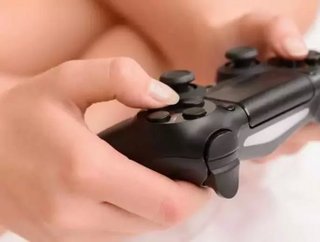How Australian hospitals are using video games to help patients recover

A recent study in Australia has revealed playing computer games may help patients recover quicker from strokes, amputations, brain injuries and other conditions.
Cathie Sherrington, principal research fellow at the George Institute for Global Health, is leading the study, as patients in Australian hospitals are playing games on Xbox, Nintendo Wii in addition to other games developed specifically for rehabilitation.
RELATED TOPIC: Australia set to begin trial allowing midwives into public hospitals
“There’s quite a lot of diversity in the range of problems that people experience after a stroke or brain injury,” said Sherrington. “So it’s likely that different technologies will be more suited to different individuals.”
A new technology developed in the Netherlands called ‘FysioGaming’ provides real-time information to physiotherapitsts, with feedback detailing how patients are performing in target activities. The movement-based computer programs help stroke survivors re-master basic skills and reward them with on-screen prizes to motivate them even more to move while their progress is tracked.
RELATED TOPIC: Report: OCED reveals Australia healthcare lags behind in data and technology
A stepping tile system was developed specifically for this research and was made with a 3D printer, allowing flexibility to customize the steps for each patient. Therapists assist patients through several specific exercises on the stepping tile system, and receive feedback on how they performed in weight distribution, balance and strength.
Once patients learn how to use the game therapy at the hospital, they are encouraged to continue making strides toward recovery in their own home. Because of this, researchers are working on ways to make the gaming technology accessible on smartphones and other mobile devices.
RELATED TOPIC: How Australia is using 3D printing to improve cranial reconstruction
Researchers follow their patients for six month to evaluate whether or not the technology has helped increase their independence. It all adds up to give patients a promising outlook to regain movement and mobility.
Source: Australia News Network
Click here to read the latest edition of Healthcare Global magazine!
- American Heart Association awards Bronson Methodist HospitalHospitals
- Cervical screening self tests should be available worldwideMedical Devices & Pharma
- New partnership aims to transform stroke care with AITechnology & AI
- Australian digital healthcare capital fund launchesDigital Healthcare








